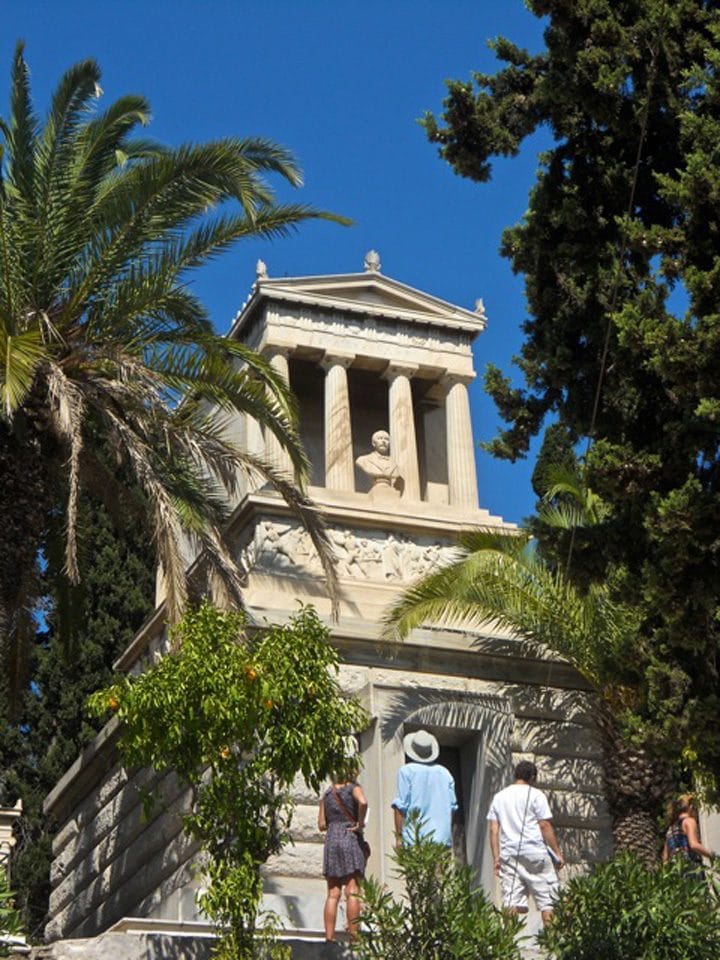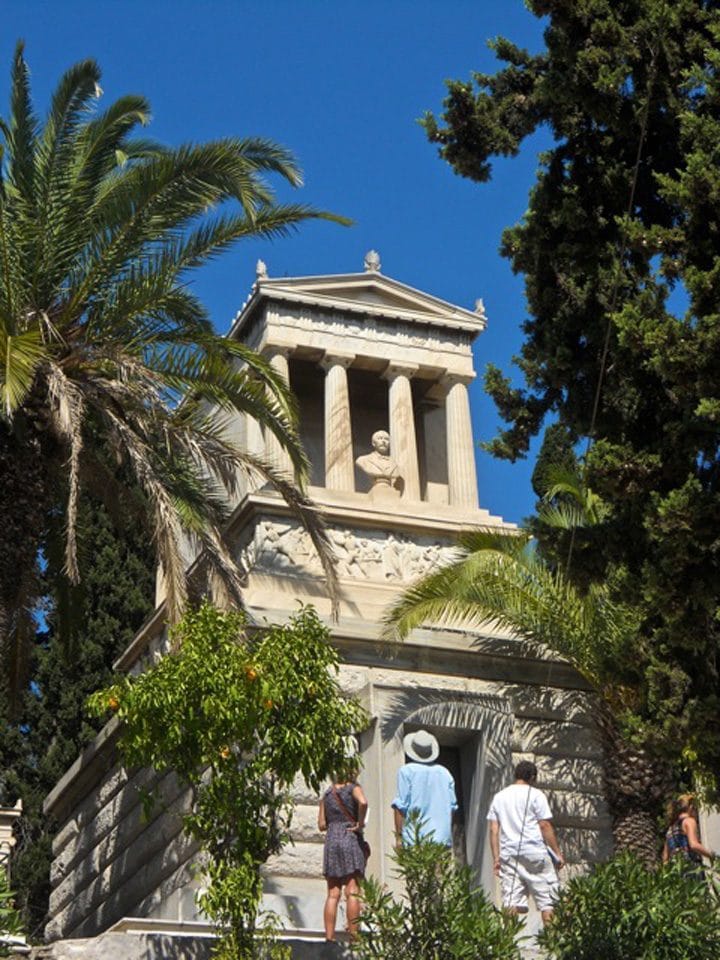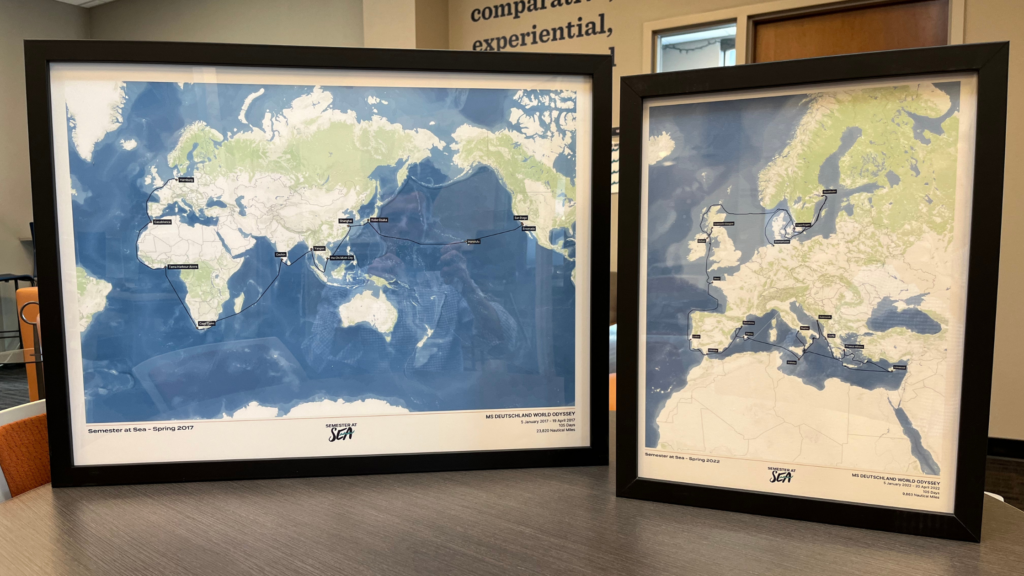
While we may never know if the Trojan War actually occurred or if the Trojan Horse actually existed; one thing we can be sure of is Homer left us with two epic poems, The Iliad and The Odyssey, that will leave many fantasizing about the truths behind this mysterious event.
Professor Peter Krentz has managed to create a one of a kind class focusing on these epic poems. He has intertwined his passion for the classics with his knowledge of archaeology. The field lab brought a sense of reality to everything we had been studying, with visits to the National Archeological Museum, as well as Schliemann’s house and tomb.
In the National Archaeological Museum we had the opportunity to see many ancient artifacts from dig sites such as Mycenae that date back to 15th century BC. I was not expecting for a visit to a museum to actually bring to life parts of The Iliad, but I was continuously blown away. We saw a boar tusk helmet, which is made of pieces of boar’s tusks lined up in columns and attached together to form a helmet. This type of helmet was thought to have served as a symbol of high status. Homer meticulously described this helmet in the Iliad, and there it sat in the museum. Being able to see the things I had read about truly made what I learned in class so much more meaningful, and made me respect The Iliad that much more. Homer’s writing became more than just a poem to all of us; it became a piece of history.
Later in the day, we visited Heinrich Schliemann’s house, the archaeologist who excavated the majority of Troy in 1870 after someone else had previously begun digging there. Now turned into a coin museum, the house is still astonishing and impressively lavish. Seeing this house was different than many other houses or other historical sites I have visited thus far on Semester at Sea. Rather than being in an old ruin like that of Troy, I was seeing something much more recent. The house was extravagantly decorated, much more than many of our homes today, but at the same time looked more similar to today’s architecture. This put what I was learning about Heinrich Schliemann into perspective. While I already new he lived in the late 1800’s not 15th century BC , seeing his house allowed me to imagine how lived, at a time more similar to ours than I expected. Even Heinrich Schliemann’s tombstone was quite elaborate and stood out among many others at the cemetery. Standing before the grave of Schliemann made me think of how significant this man’s life and work truly was, especially for the world of archeology. Had he not pursued his desire to find Troy, we may not have found the incredible site. Being able to see the house and cemetery of Schliemann really turned him into a real person, not just someone in a textbook. It made me value his work and all I had learned about Troy and archaeology that much more.
This class has opened my eyes to how alive history really is, never before have I had the chance to learn about something in a classroom then go discuss it there in person with my professor. Not only does it make the subject more interesting, but I have gained a new respect for every detail I have learned because it is no longer just a fact in a textbook or line in a poem, but an actual tangible object in front of me.



